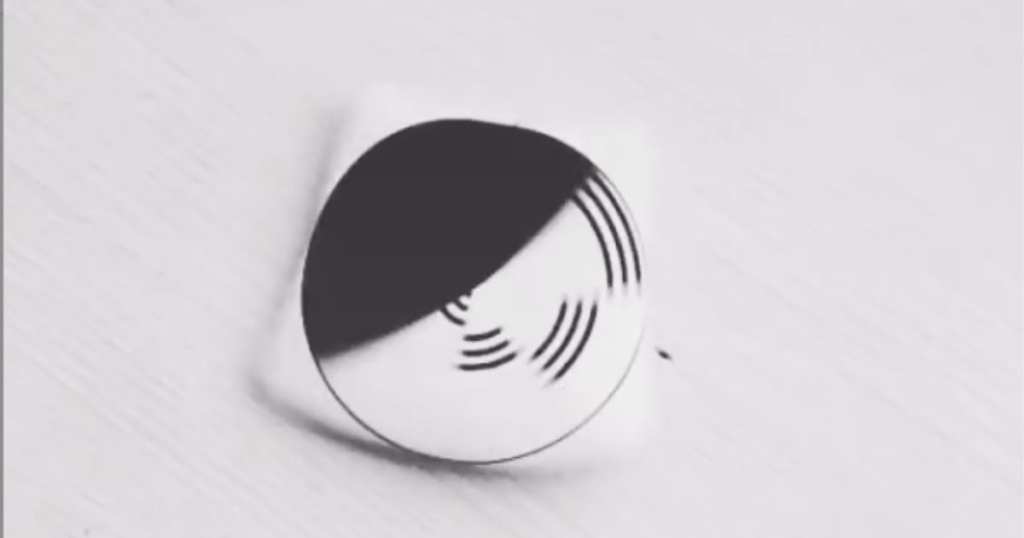If you think things that are black and white tend to stay that way, well, buckle up – this illusion, when spun, turns a black and white wheel into a virtual rainbow.
Benham’s Disk (or Benham’s Top) was invented by C.E. Benham in 1894 and sold as a children’s toy. Half the disk was painted black, while the other half had a white background and 12 45-degree concentric arcs drawn on it.
The white side was divided into quadrants, with three concentric arcs in each. When you spin the disk, colors appear in the circles, changing depending on speed and direction – but only in real life.
https://www.instagram.com/p/B49FcaxH7HD/
At the time, no one seemed to understand how it worked – it was discussed in the journal Nature, with researchers saying “the cause of these appearances does not appear to have been exactly worked out.”
And yes, even though we have more theories on why the illusion works today, it still captivates adults and children alike. Theories are all based on how we now know our eyes perceive images, and involve the cones and rods in our eyes that process light.
Cones allow for color vision and vision in bright light, while rods help us see in low light, and perceive things in monochrome. There are three types of cones, each sensitive to a different color light, and they all respond at different speeds that correspond to different lengths of time.
https://www.instagram.com/p/B-TNeKyh9x-/
Scientists believe the spinning Benham’s Disk activates cones and rods in alternating patterns, and when you look at just one place on the disk, you see flashes of white, which activates all of the cones in your retina.
The flashes of black activate the rods. Because some cones respond more quickly than others and the flashes keep coming, your eye sees the flashes as colors.
https://www.instagram.com/p/BDK_KJYphRE/
If you want to see for yourself you can check it out online or even build your own at home. Make sure to rotate the black-and-white pattern at a steady, fast pace, until the pattern appears to contain colored rings.
We may not know everything about how this works, but what we do know for sure is that there’s still so much to learn about our minds, and our visual perceptions, and that no, perhaps you shouldn’t believe absolutely everything you see with your own two eyes.






